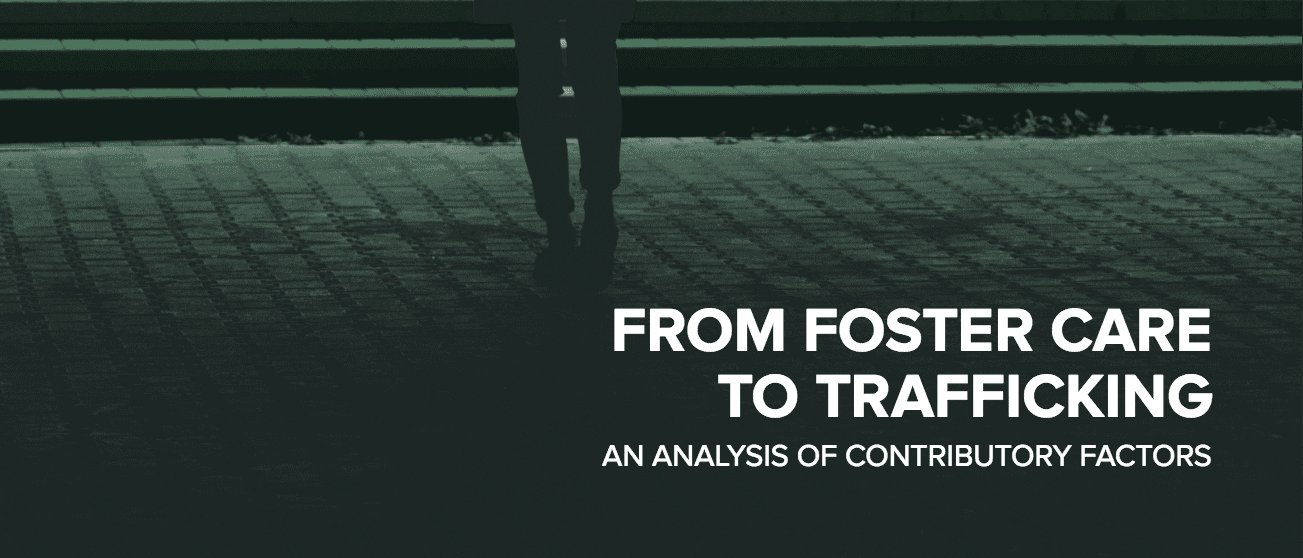
From Foster Care to Trafficking
The practice of child sex trafficking – more properly known as the commercial sexual exploitation of children (CSEC) – is nothing new. In all likelihood, it is as old as commerce itself. However, in recent decades the business of CSEC has grown at a staggering rate, burgeoning into a massive industry due primarily to two related phenomena: globalism and the rise of the Internet.25 While the actual numbers are subject to debate, common estimates place the total number of sex-trafficked individuals (adults and children) in the hundreds of thousands in the U.S. alone. Globally, those numbers are likely in the millions, fueling an industry that may generate as much as $32 billion annually.32 The appeal for criminals is obvious, as much as it is horrific: sex trafficking provides them with a renewable resource. Whereas drugs are only consumed once, a human being can be sold over and over again. But humans, of course, can’t simply be manufactured. Professional traffickers rely on complex forms of psychological manipulation to lure their victims and maintain a hold over them. They are skilled and resourceful, and they know where and how to find vulnerable victims. In the US, that often means preying on children involved in the child welfare system.
The linkages between CSEC and the child welfare system – in particular, foster care – have grown more obvious in recent years thanks to statistics from the criminal justice sphere. The FBI reported in 2013 that 60% of children recovered from CSEC incidents had previously been in out-of-family care.29 A 2014 Department of Justice report estimated that 85% of girls involved in CSEC were previously involved in the child welfare system.15In 2015, California Attorney General Kamala Harris reported that 59% of children arrested on prostitution-related charges in Los Angeles County had previously been in foster care.14 The Connecticut Department of Children and Families reported that 86 out of the 88 children identified as CSEC victims had been involved with child welfare services.17 And in 2007, the city of New York reported that 75% of identified victims of CSEC had experienced some contact with the child welfare system.24 However, despite this powerful evidence, the speculation regarding why the linkage exists is generally based on anecdotal evidence, testimony, and supposition.
Read more here.
